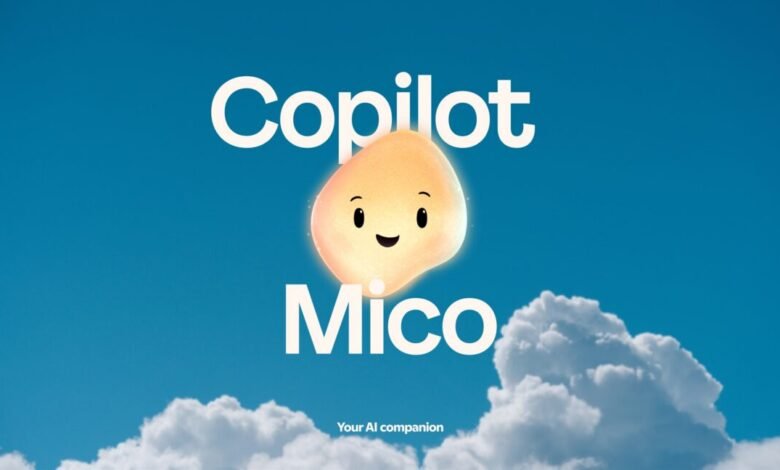Microsoft Revives ’90s Charm with Animated Copilot Assistant

▼ Summary
– Microsoft is enhancing Copilot’s voice controls, resembling its previous Cortana assistant from Windows 10.
– The company is introducing “Mico,” an optional, expressive face for Copilot to make interactions more human-centered.
– Mico recalls older Microsoft digital assistants like Clippy and Microsoft Bob from the 1990s and early 2000s.
– Microsoft believes advanced language models will help Copilot succeed where past assistants failed due to limited capabilities.
– Earlier assistants were often annoying because they could only respond to a narrow range of inputs and context clues.
Microsoft is enhancing its Copilot AI assistant with advanced voice controls and a surprising new visual element, signaling a renewed effort to make digital helpers more engaging and personable. This development comes as the company seeks to overcome past challenges with assistants like Cortana by integrating more sophisticated, human-like interaction capabilities directly into Windows 11.
The latest feature, an animated character named Mico, represents a significant shift toward what Microsoft describes as “human-centered AI.” Mico appears as a friendly, blob-shaped figure with a dynamic face that listens, reacts, and changes colors based on user interactions. Designed to be expressive, warm, and fully optional, this assistant aims to create a more intuitive and visually responsive experience for people using Copilot for tasks and queries.
This approach is not entirely new for Microsoft, drawing clear inspiration from earlier experiments like Clippy, Microsoft Bob, and Rover. Those digital companions from the 1990s and early 2000s were often criticized for being intrusive and limited in functionality. Users of a certain generation will vividly recall repeatedly dismissing Clippy’s infamous pop-up messages, such as “It looks like you’re writing a letter!” The common frustration stemmed from these tools recognizing only a narrow set of commands and failing to provide meaningful assistance even within those constraints.
By integrating modern language and reasoning models, Microsoft believes Copilot can succeed where its predecessors fell short. The core issue with older assistants was their inability to understand context or handle diverse, real-world situations effectively. With today’s AI, Copilot can process natural language, learn from interactions, and deliver genuinely useful support, potentially transforming user perception from annoyance to appreciation. This strategy reflects a broader industry trend of blending advanced AI with relatable interfaces to foster trust and usability.
(Source: Ars Technica)





